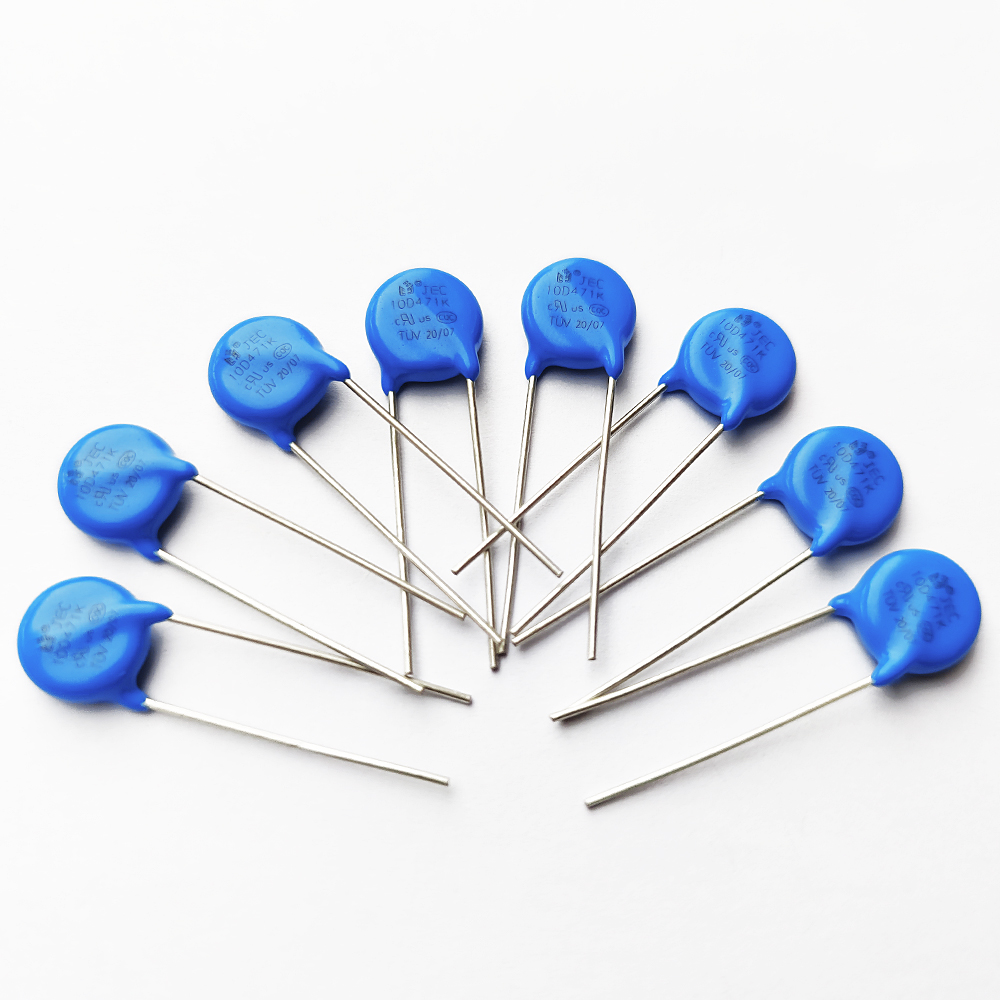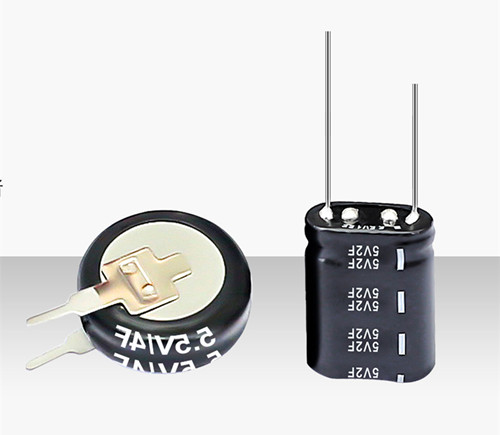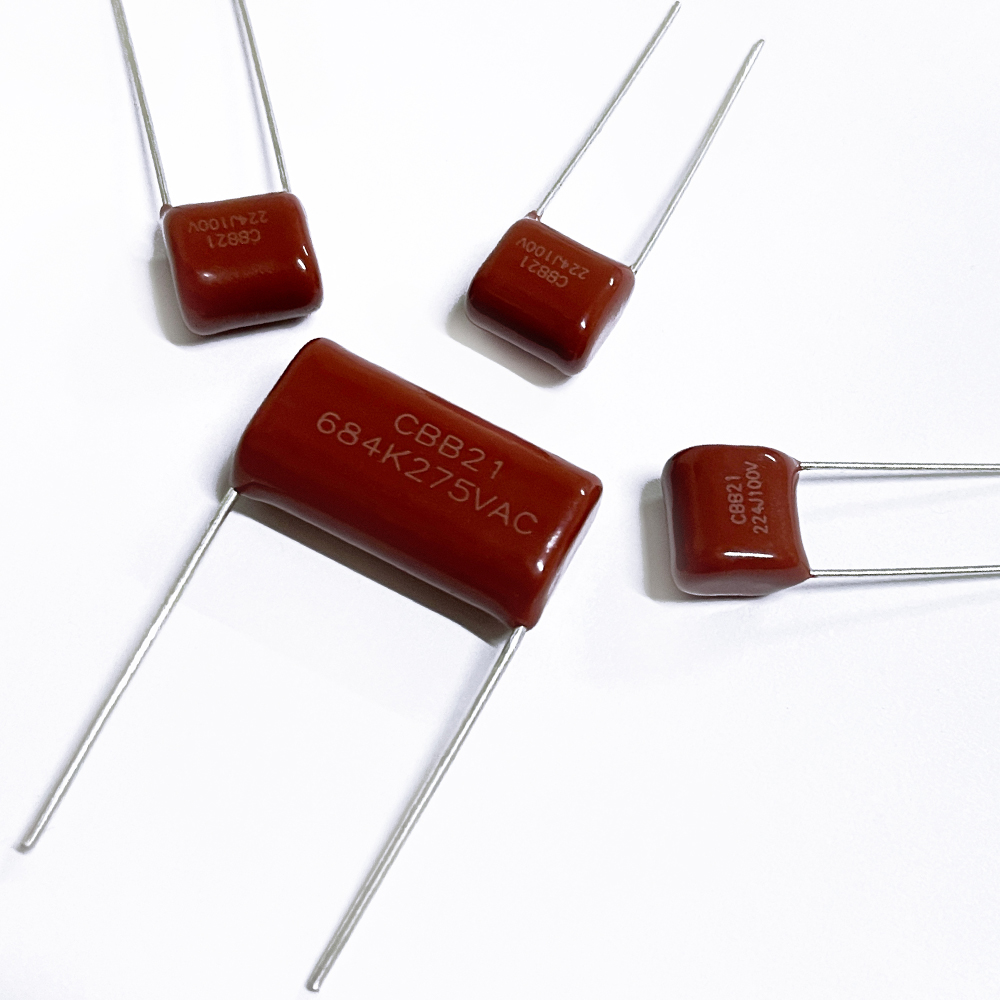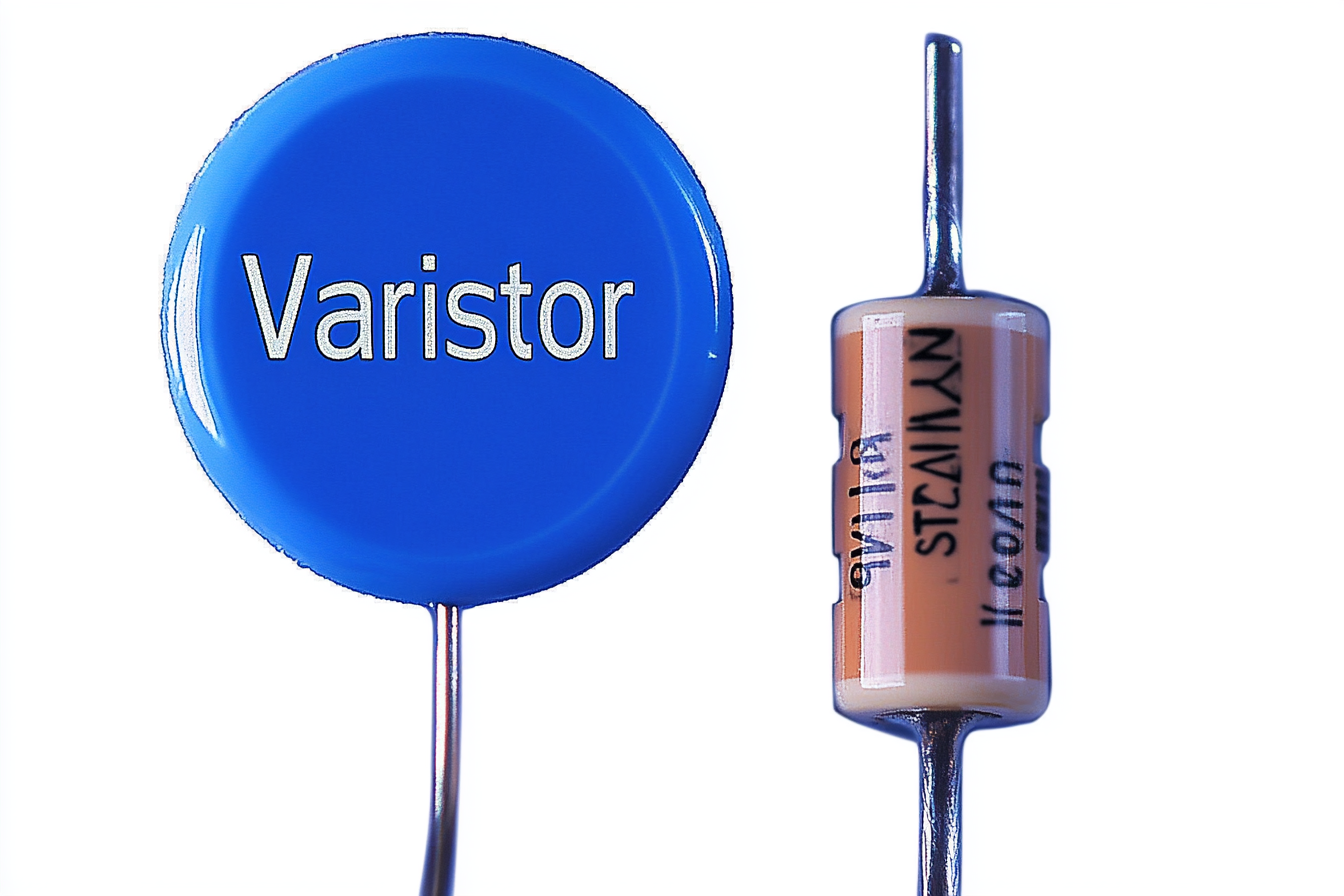Feb. 29, 2024
Before selecting a varistor, you should first understand the following technical parameters: Nominal voltage refers to the voltage value at both ends of the varistor under specified temperature and DC current. Leakage current refers to the current value flowing through the varistor at 25℃ when the maximum continuous DC voltage is applied. Rating voltage refers to the peak voltage presented across its terminals when subjected to an 8/20 rating current pulse in the varistor. Through-flow rate represents the peak current when a specified pulse current (8/20μs waveform) is applied. Surge environmental parameters include maximum surge current Ipm (or maximum surge voltage Vpm and surge source impedance Zo), surge pulse width Tt, minimum time interval Tm between adjacent surges, and the total number of surge pulses N during the specified operating life of the varistor.

Generally, varistors are often used in parallel with protected devices or equipment. Under normal circumstances, the DC or AC voltage at both ends of the varistor should be lower than the nominal voltage. Even in the worst case of power supply fluctuation, it should not exceed the maximum continuous operating voltage selected from the rated value. The nominal voltage value corresponding to this maximum continuous operating voltage value is the selected value. For overvoltage protection applications, the varistor voltage value should be greater than the actual circuit voltage, and the following formula should generally be used for selection: VmA=av/bc, where:
a is the circuit voltage fluctuation coefficient; v is the circuit DC operating voltage (effective value for AC); b is the varistor voltage error; c is the aging coefficient of the component; the calculated value of VmA is actually 1.5 times the DC operating voltage, and should be multiplied by 1.414 in the AC state to consider the peak value.
In addition, attention must also be paid to the following when selecting:
(1) It must be ensured that the continuous operating voltage will not exceed the maximum allowable value even when the voltage fluctuates maximally, otherwise it will shorten the service life of the varistor.
(2) When using varistors between power lines and ground, sometimes the voltage between the line and ground rises due to poor grounding, so varistors with higher nominal voltage than those used between lines are usually used.
The surge current absorbed by the varistor should be less than the maximum through-flow rate of the product.
This article is provided by JYH HSU (JEC) Electronics. JEC is a research, development, production, and sales-oriented company specializing in manufacturing and selling various electronic components such as capacitors and resistors.

Supercapacitors: Is Bigger Capacitance Always Better
Feb. 29, 2024

Causes of Filter Film Capacitor Failures
Feb. 29, 2024

Will the Varistor be Damaged with the Fuse Blown
Feb. 29, 2024
+86 181 2299 5593
+86 18122995593
+86 769 8831 3605
Beside Luchong Bridge, Hou Road, Caibai Village, Daojiao Town, Dongguan, Guangdong, China
Navigation